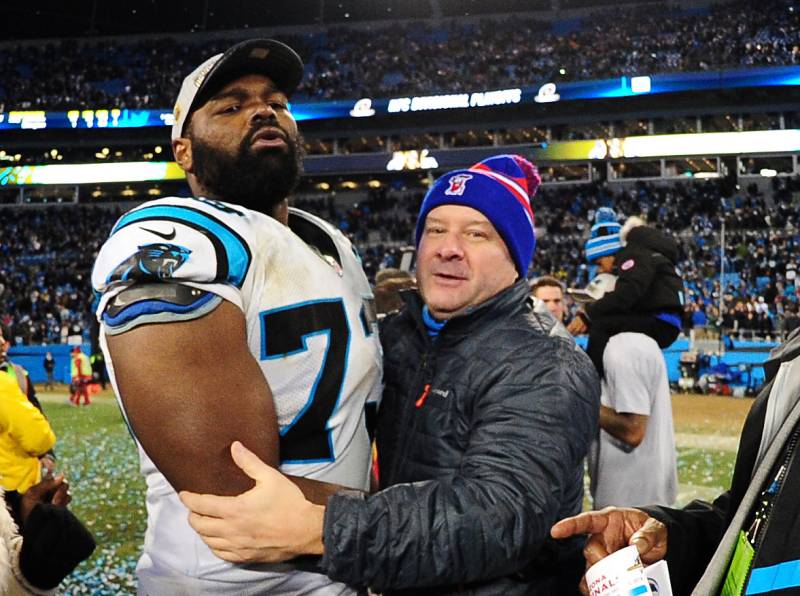For nearly 15 years, two things have been unquestionably true about The Blind Side, the 2009 blockbuster inspired by the early life of ex-NFL star Michael Oher: It won Sandra Bullock her best actress Oscar for playing Leigh Anne Tuohy, and it’s become a poster child for Hollywood’s “white savior” narratives, nestled comfortably alongside maudlin peers like Dangerous Minds and The Help.
But everything else relating to this story is far more complicated. While the movie and Michael Lewis’s book of the same name claim Tuohy and her family legally adopted Oher at 18, he recently filed a petition alleging he was unknowingly coerced into a conservatorship, one he’s still under to this day. (He’s now 37.) He also claims the Tuohy family profited off the movie while he received nothing; in response, Leigh Anne and her husband Sean accuse Oher of a “shakedown” and deny making money off the film. Somehow, The Blind Side now seems even ickier.
By now, the movie has been appropriately excoriated for being the sentimental trash it is, and these new allegations from Oher only buttress every critique made about it over the years. But even as ostensible truths come to light, the residue remains of that pesky little bugaboo of unrelenting post-racial idealism, a fixture of far too many old and new narratives.
Hollywood is known as a dream factory, and when you’re in the business of producing dreams, any attempts to depict reality are going to be elided, embellished, or completely distorted. These sweet dreams can be made of destitute, downtrodden people of color, and the noble white individuals courageous enough to “help” them get out of their destitution and downtrodden-ness, as in the Hilary Swank classroom drama Freedom Writers. Or they can be wholly imagined worlds where our most pressing social issues are resolved via the unlikely “bonds” of the historically marginalized and their would-be oppressors a la Green Book.

9(MDAxOTAwOTE4MDEyMTkxMDAzNjczZDljZA004))

